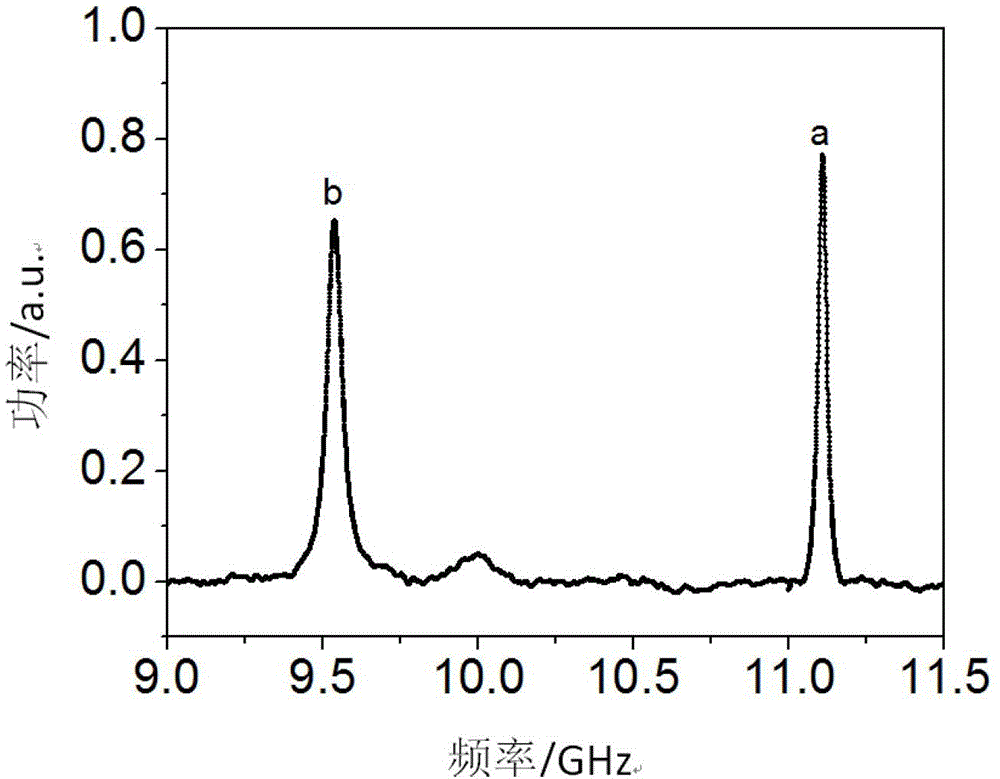Distributed strain and temperature optical fiber sensor based on brillouin scattering
A distributed strain and Brillouin scattering technology, which is applied to thermometers, thermometers, instruments, etc. that change physically/chemically, can solve problems such as weak power, reduced system resolution, and poor signal-to-noise signal of Brillouin scattering. Achieve the effect of small optical transmission loss, enhance the Brillouin effect, and solve the problem of cross sensitivity
- Summary
- Abstract
- Description
- Claims
- Application Information
AI Technical Summary
Problems solved by technology
Method used
Image
Examples
Embodiment
[0021] Such as figure 1 As shown, a distributed strain and temperature optical fiber sensor based on Brillouin scattering disclosed in this embodiment includes a narrow linewidth laser light source 1, an electro-optic modulator 3, a first erbium-doped fiber amplifier 4, a second erbium-doped fiber Amplifier 12, circulator 5, first optical coupler 2, second optical coupler 13, double-balanced detector 9, signal processing system 10, sensing fiber 7 and pulse signal source 11, wherein the sensor used in this embodiment The optical fiber 7 is an all-solid photonic crystal bandgap fiber, and a long-period fiber grating 6 is written in the all-solid photonic crystal bandgap fiber. The sensing fiber 7 of this embodiment can also use other cladding mode transmission losses to be small, and An optical fiber in which the cladding and core materials respond differently to temperature and strain.
[0022] The light source 1 is connected to the input end of the first optical coupler 2, a...
PUM
 Login to View More
Login to View More Abstract
Description
Claims
Application Information
 Login to View More
Login to View More - R&D
- Intellectual Property
- Life Sciences
- Materials
- Tech Scout
- Unparalleled Data Quality
- Higher Quality Content
- 60% Fewer Hallucinations
Browse by: Latest US Patents, China's latest patents, Technical Efficacy Thesaurus, Application Domain, Technology Topic, Popular Technical Reports.
© 2025 PatSnap. All rights reserved.Legal|Privacy policy|Modern Slavery Act Transparency Statement|Sitemap|About US| Contact US: help@patsnap.com



